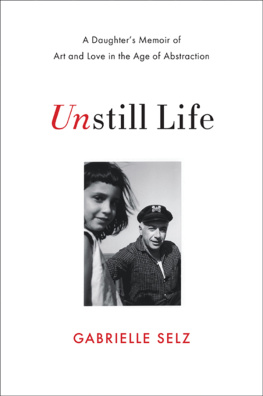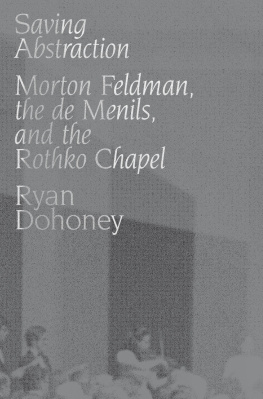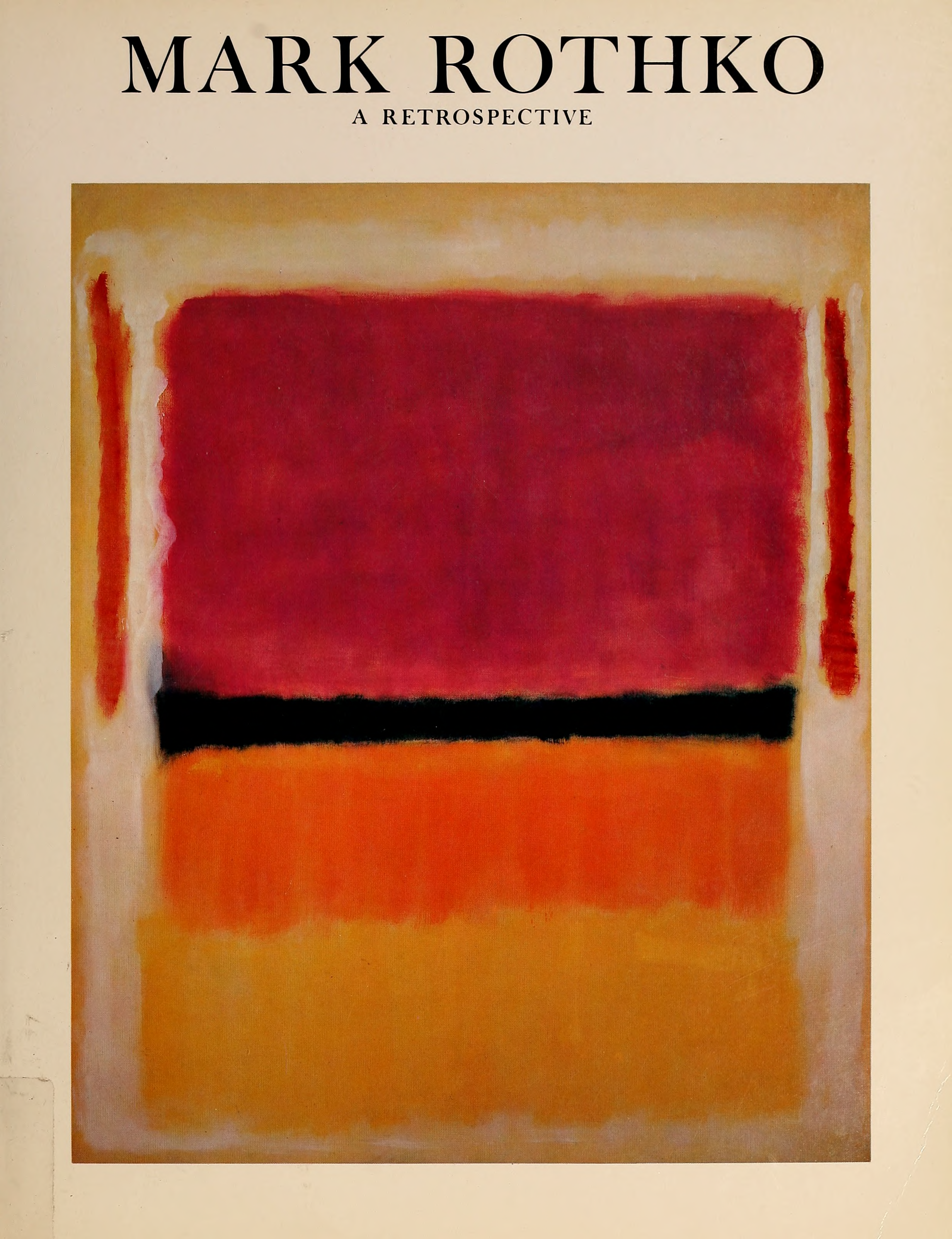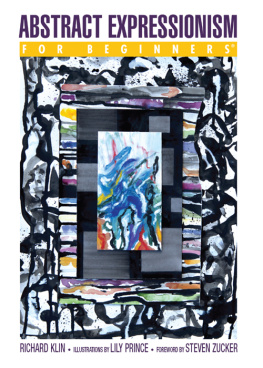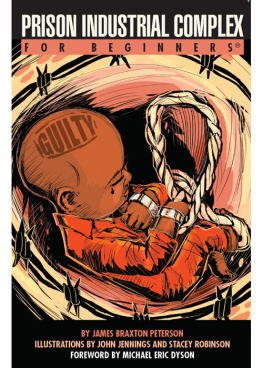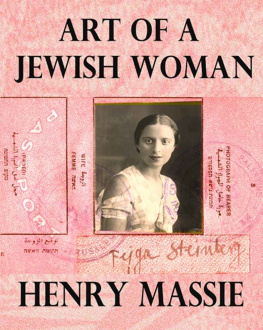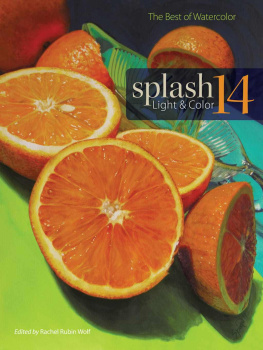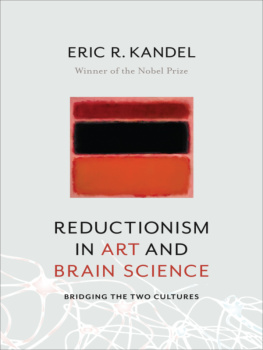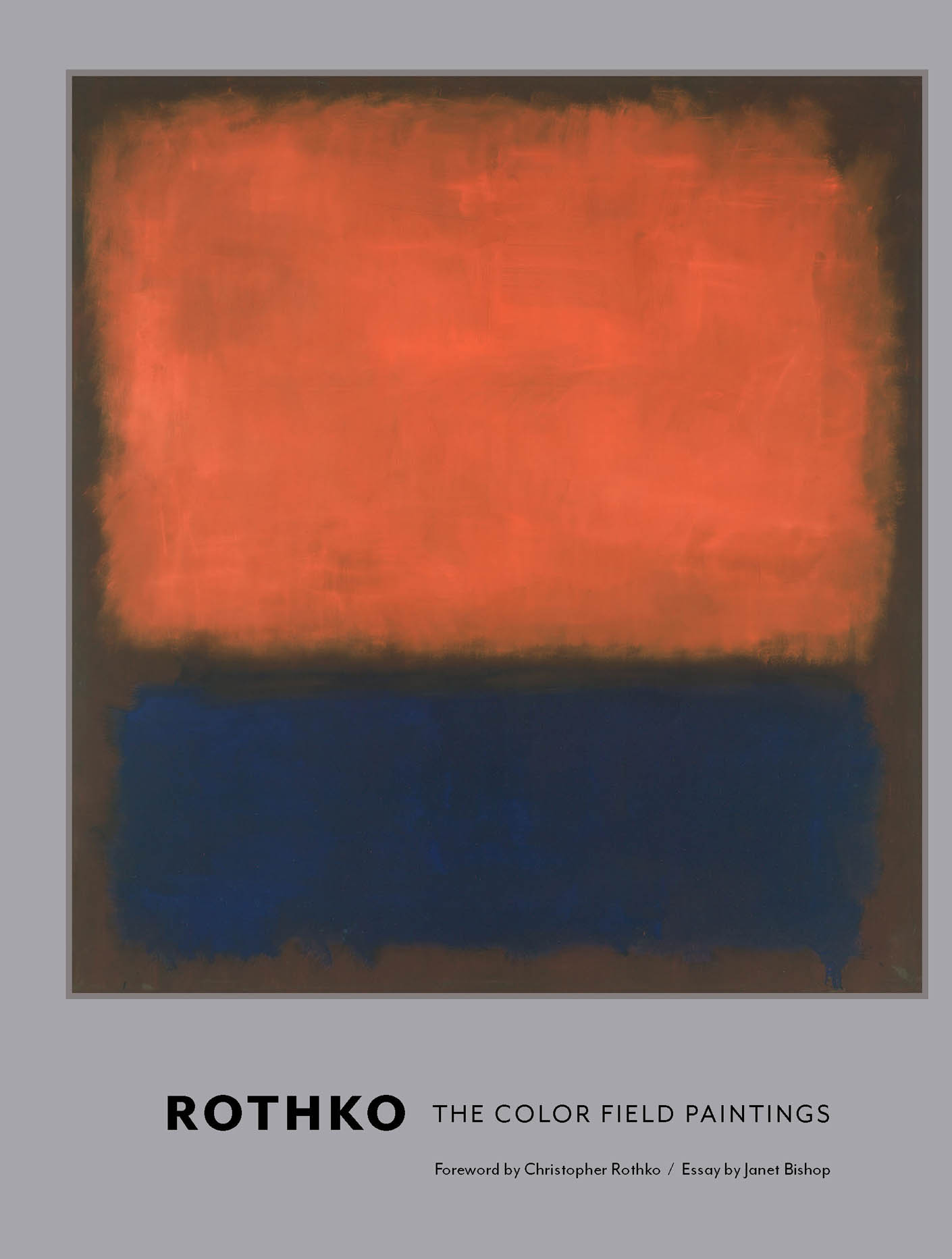


Text copyright 2017 by Chronicle Books LLC.
Foreword text copyright 2015 by Christopher Rothko. Adapted from essays published in Mark Rothko: From the Inside Out (New Haven: Yale University Press, 2015).
Paintings copyright 1998 Kate Rothko Prizel & Christopher Rothko / Artist Rights Society (ARS), New York.
constitute a continuation of the copyright page.
All rights reserved. No part of this book may be reproduced in any form without written permission from the publisher.
ISBN 9781452156606 (epub, mobi)
Library of Congress Cataloging-in-Publication Data:
Names: Rothko, Mark, 1903-1970, artist. | Rothko, Christopher, writer of foreword. | Spring, Jenny Moussa, editor. | Bishop, Janet C. Slow looking.
Title: Rothko : the color field paintings / foreword by Christopher Rothko ; essay by Janet Bishop ; picture editor, Jenny Moussa Spring.
Description: San Francisco, CA : Chronicle Books LLC, 2017. | Includes bibliographical references.
Identifiers: LCCN 2016052971 | ISBN 9781452156590 (hc)
Subjects: LCSH: Rothko, Mark, 1903-1970Themes, motives. | Color-field paintingUnited StatesThemes, motives.
Classification: LCC ND237.R725 A4 2017 | DDC 759.13dc23
LC record available at https://lccn.loc.gov/2016052971
Designed by Alice Chau
Chronicle Books LLC
680 Second Street
San Francisco, California 94107
www.chroniclebooks.com
Foreword:
COLOR, FORM, AND DRAMA
Christopher Rothko
Well before the color field watershed of 1949, my father had been making fully abstract compositions, works radiating color and suffused with emotional substance. These Multiforms are bold works, harnessing the dynamism of hand and brush from previous periods, with newly vibrant colors that communicate a sense of abandon. They push and clash against one another in amorphous shapes that barely contain their content. Much of the raw power we will soon see in Rothkos classic work is there, but it had not yet been harnessed into the hammer stroke of intent. The artist needed one more bold leap to strip away one further layer and bring focus to the inner world he is showing us.
Rothko clearly knows he has arrived in 19491950, that he has found his medium. There is a sense of exhilaration that will pervade all the classic work going forward. And yet, while the excitement is palpable, nothing could have made him less comfortable! Thus each new painting becomes an effort to rework and rethink and ultimately to speak more clearly. A careful look reveals that Rothko never truly settled on a set style but rather was constantly experimenting, seeking the form that best expressed the content of that moment. Even when he was depressed, Rothko would produce work that resonates with an intense personal involvement, a direct communication that he was putting all of himself into his painting.
The classic works, or sectionals, are Rothkos signature works, and are well known for the deep feelings they evoke and their ability to articulate the language of the sublime. These works touch us because they know exactly where we live. They speak to us, imparting a message akin to this is what it feels like to feel this way. They are essentially the painted expression of what it is to be human and alive, filled with joy and sorrow, aspiration and despair, fears and hopes, and fears about our hopes. Is this greatly different from what my fathers works had been saying for the previous thirty years? No, Im not sure it is any different at all. It is simply that my father had summoned his full voicebold, impassioned, confident, and, if occasionally bombastic, never strident or shouted.
What are the elements that allow the sectionals to touch us so deeply? Most immediately evident is that my father found definitively the universal language he had long sought: color. He was able to juxtapose his colors and present them in such a way that each painting functioned as its own world, where the colors had their own meaning, specific to the context of that painting. He made color his own language, but a language with the potential to speak to every viewer.
Color does not function independently in the classic works, however. Form is an absolutely critical part of these works, and it exerts essential control over the experience of viewing a Rothko painting. While we can easily lose ourselves in the cloudy nebulousness of Rothkos rectangles, structure and form keep us rooted. These are frameless paintings, but they are not without borders.
And what of the rectangle? Clearly it offered tremendous flexibility for Rothko, seemingly getting out of the way and allowing him to say whatever he had to say within its borders, without drawing attention to itself. It is almost an un-shape. That un-shape is what we see every time we open our eyes, so omnipresent that we are rarely aware that it is there. It presides nonetheless, roughly the shape of our field of vision, the box of the lens through which we view the world. And indeed, that box is rounded, not fully defined at the edges, much like the rectangles Rothko created anew for each painting.
By employing that silent frame of our visual perception, Rothko almost necessarily fills our field of vision. He pulls us into the painting as a world of its own, inviting or nearly demanding direct and intense interaction between viewer and picture. He creates a work that is its own domain, a place that encompasses a potent reduction of our human experience.
During the 1950s and 1960s, when my father was celebrated for helping create a new American painting, he spoke less and less about his work, knowing that words would only distract and interfere with its ability to move his viewers. In one of the few statements he did allow himself, however, he referred to his paintingswithout irony, I might addas dramas. And drama reveals a great deal about how we interact with his painting. First, because it places us definitively in the human realm. The paintings are not about color or form, the process of painting or the process of viewing, and they are not about abstract ideas. The paintings are a stage for human concerns and human dialogue, as drama, unlike narrative, inherently involves interaction.
Seeing the paintings as dramas takes us out of the realm of the static and shifts our focus away from the surface. For what types of dramas are these if they are not psychological dramas? There are no tangible actors on this stage, just raw feelings, expressed honestly and directlysometimes with an almost brutal power and sometimes more caressingly. These feelings, mediated only through the most basic elements of color and form, are in constant interplaysometimes harmonious, sometimes contentious, and almost always, like real emotions, in the ambivalent admixtures that continually tint our world. There is no purely black and white Rothko, nor, I suspect, is there really much black and white in our own lives.
As these two decadesthe 1950s and 1960sprogressed, my fathers paintings placed greater and greater demands on the viewer. The frisson between colors and bands subsides, the sweep of the brush recedes; the restive quality is gone, replaced by a more reflective one. We are left with a quieter echo of the emotion so elemental in Rothkos visual world. He no longer provides all the vitality and the passion. He invites the viewers, instead, to find their own. Daunting and humbling perhaps, but strangely optimistic about the strength of the human spirit and its ultimate need to chart its own direction.
Next page

